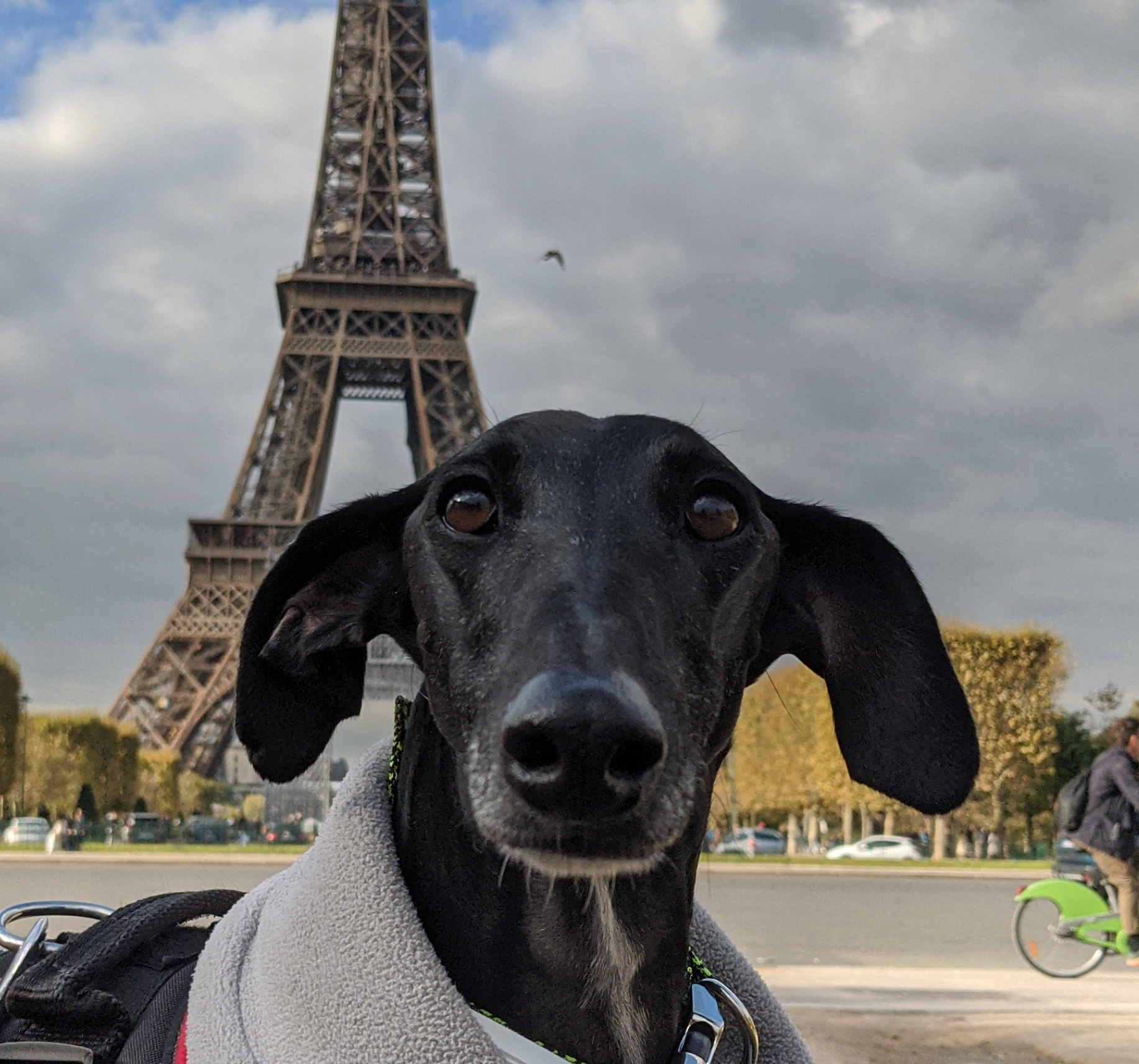Book: What Is Life? ★★★☆☆
For my birthday I got a bunch of books from the oxford landmark science, and this is the second one that I’ve read so far.
In the book, the author introduces several of the main properties of life as we know it:
- Complex: alive entities are really complex
- Purposeful: living things seem to follow a goal, birds build nests, parents care for their offspring, etc.
- Dynamic: life is always moving, old cells are dying and new ones get created all the time, it’s a bubbling non-stop.
- Diverse: life adapts, changes, and continues adapting. Change seems to be inherent to all this process.
- Out of equilibrium: it seems that life, with all the dynamism and change, creates systems that are quite far from energetic equilibrium as we understand it, seemingly breaking the second law of thermodynamics.
- Chiral: there’s many molecules involved in life as we know it, that have a “handedness” to them, like DNA, and for some reason, the vast majority of them are only find with the same handedness in living beings, like amino-acids are left handed, while sugars are right handed. But the question is, given that the inorganic world is a mixture of both, why does the biological world become homochiral?
The author then elucidates that in order to know what is life, we have to understand it, understand how it happened. Now, “how it happened” gets divided in two questions, one historical, and one a-historical:
- How did life emerge on earth? (specifically)
- How does life become? (in general)
I find that separation quite fascinating, and as the author, I think that those a two very different questions.
It’s like the difference between going to a baker, point at the first cake in the shop, and ask “how did you make this specific cake”? And the baker replying:
Well, I woke up at 6 this morning, I picked up some eggs from my chicken before coming to work, then I grabbed some flour from the open packet I had in the shelf from yesterday, …
And asking “How do you make a cake”, to which the baker will give you the recipe of a generic cake.
Then from there, the author focuses on the a-historical question, that I agree is more important, though it would be really interesting to know the answer to the historical one :) (but it might not be possible).
In any case, from there on, the author starts trying to answer “how does life emerge in general”. For that, he also focuses on two core aspects:
- Replication
- Energy production
Both seem to be necessary for life, as self-replicating molecules don’t last long without extra energy put in the mix, and energy-producing molecules are unable to replicate.
From there on, the author goes to explore the replicating systems, and how they behave. From there, he’s able to extract a critical concept: Dynamic Kynetic Stability (DKS).
DKS is (in short) the stability reached by a self-replicating population (not a single molecule, but a population, even of different molecules). Where the individual molecules might or might not be able to replicate by themselves, and might form and transform, while the overall population remains stable.
The “aha!” moment here comes when DKS, a chemical principle, becomes the generalization of “fitness” as defined in biology, this is, the replicating entities are “fit” when they become stable, in the “DKS” sense.
But of course, this means that maximizing fitness, means maximizing DKS, so that is how from errors in replication, or interactions with other molecules to which the replicating network had no access before, a DKS system tends to “filter out” the replicating networks that have lower DKS, and thus maximizes DKS by “complexifying” the replicating network (complexifying might mean simplifying sometimes, it’s more of a changing concept that overall tends to make things replicate better).
And here is where we get:
replication + mutation + complexification + selection = evolution!
From here the author reviews all the aspects of life defined at the beginning, from the point of view of DKS, and shows how all of them could be explained quite satisfactory from it, but, always leaving unanswered historical questions (ex. what was first replication or energy production?).
Overall I have enjoyed this book, I would recommend it if you are interested in the subject, even though it becomes a bit repetitive at times, I think that the overall idea is really interesting and gives a simple explanation on how chemistry becomes biology.
